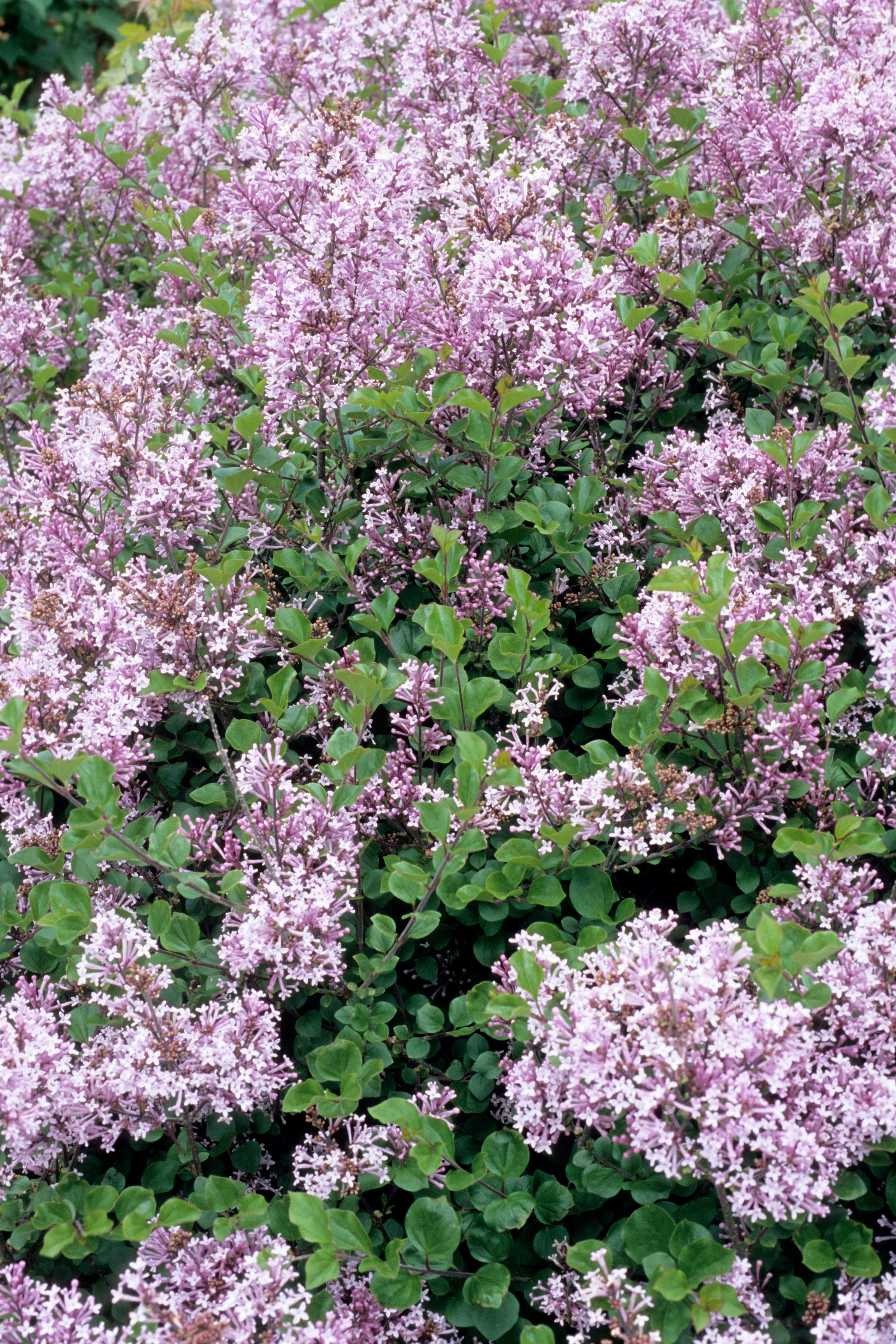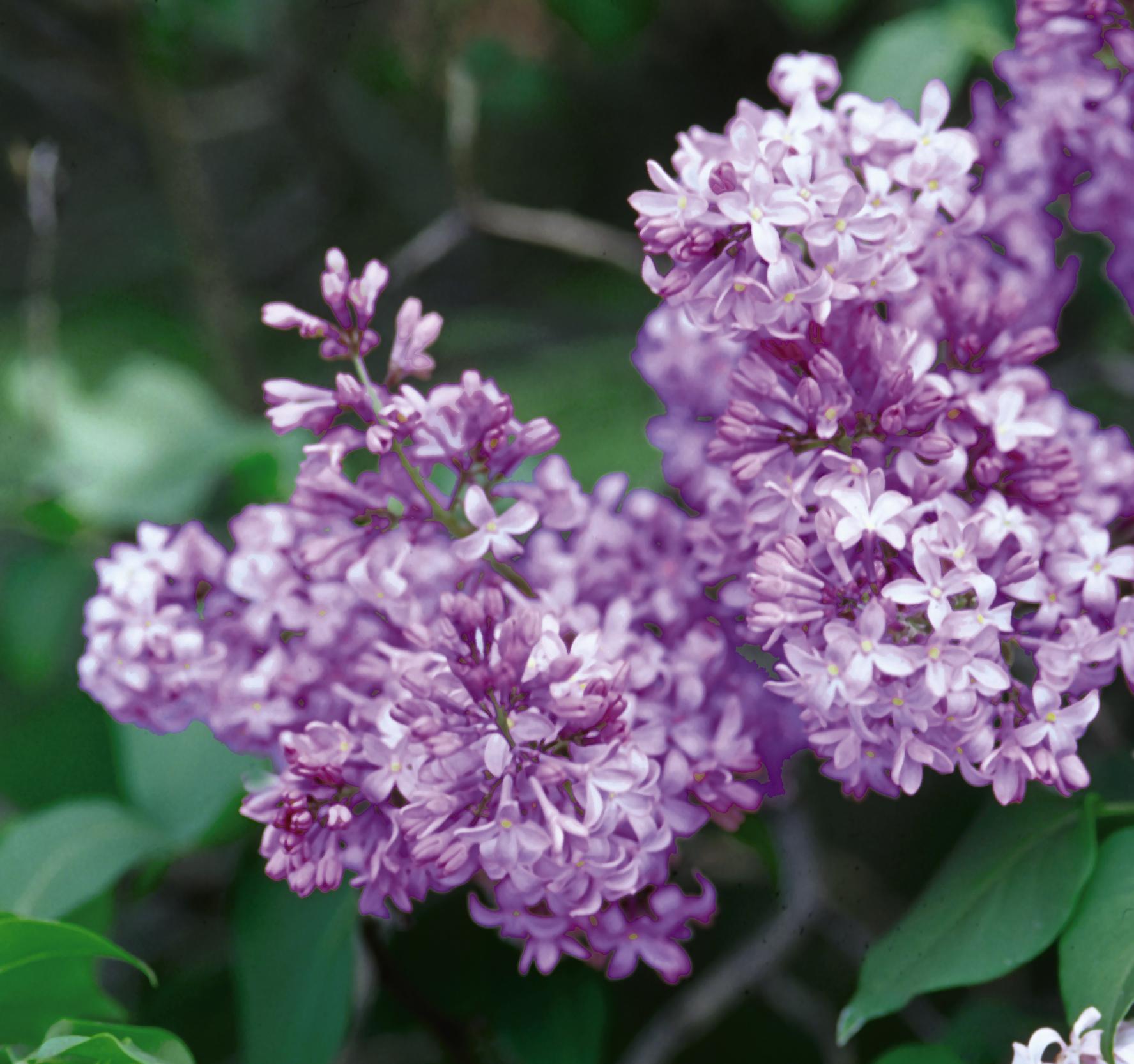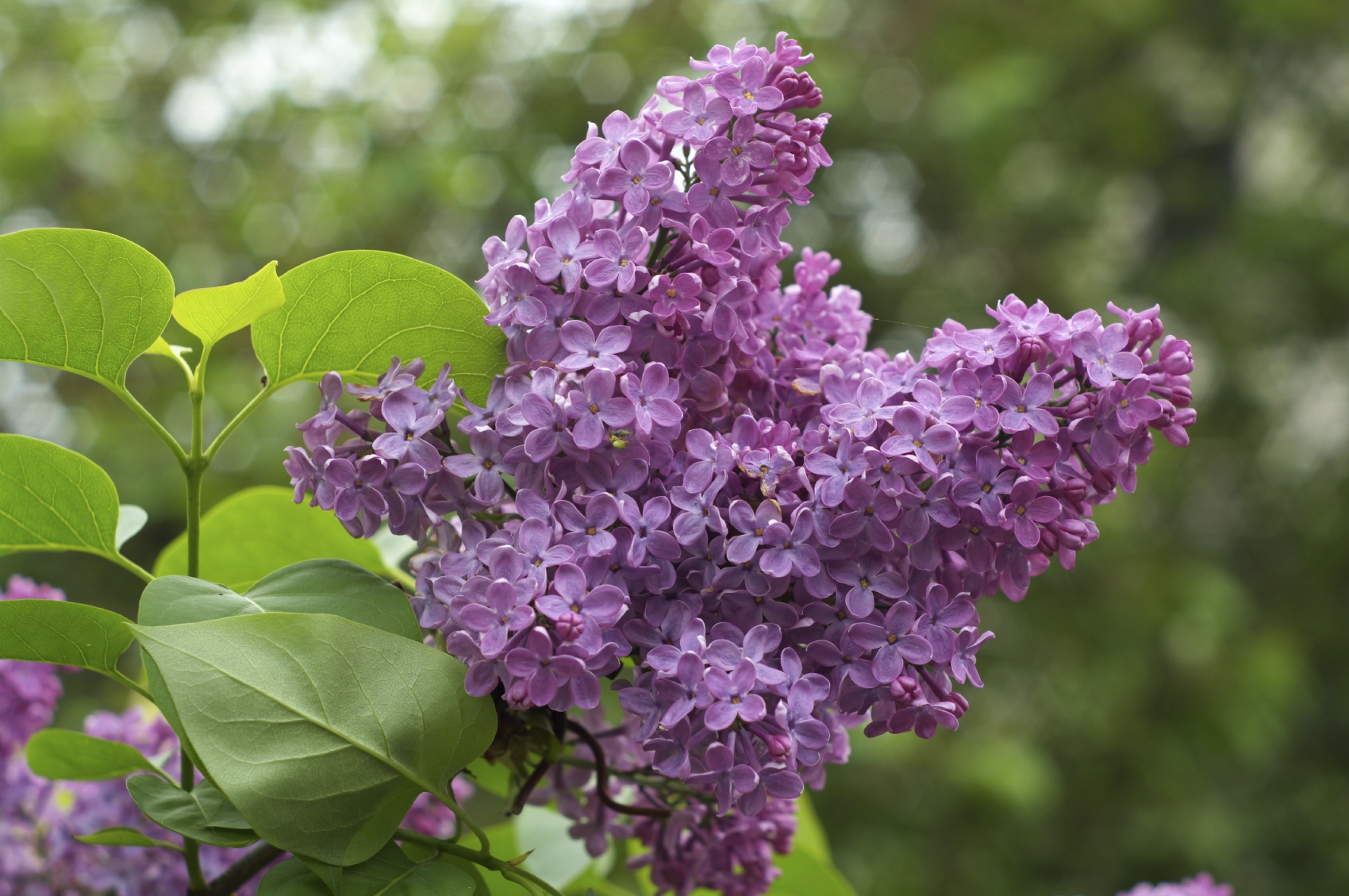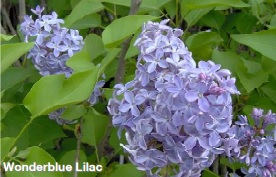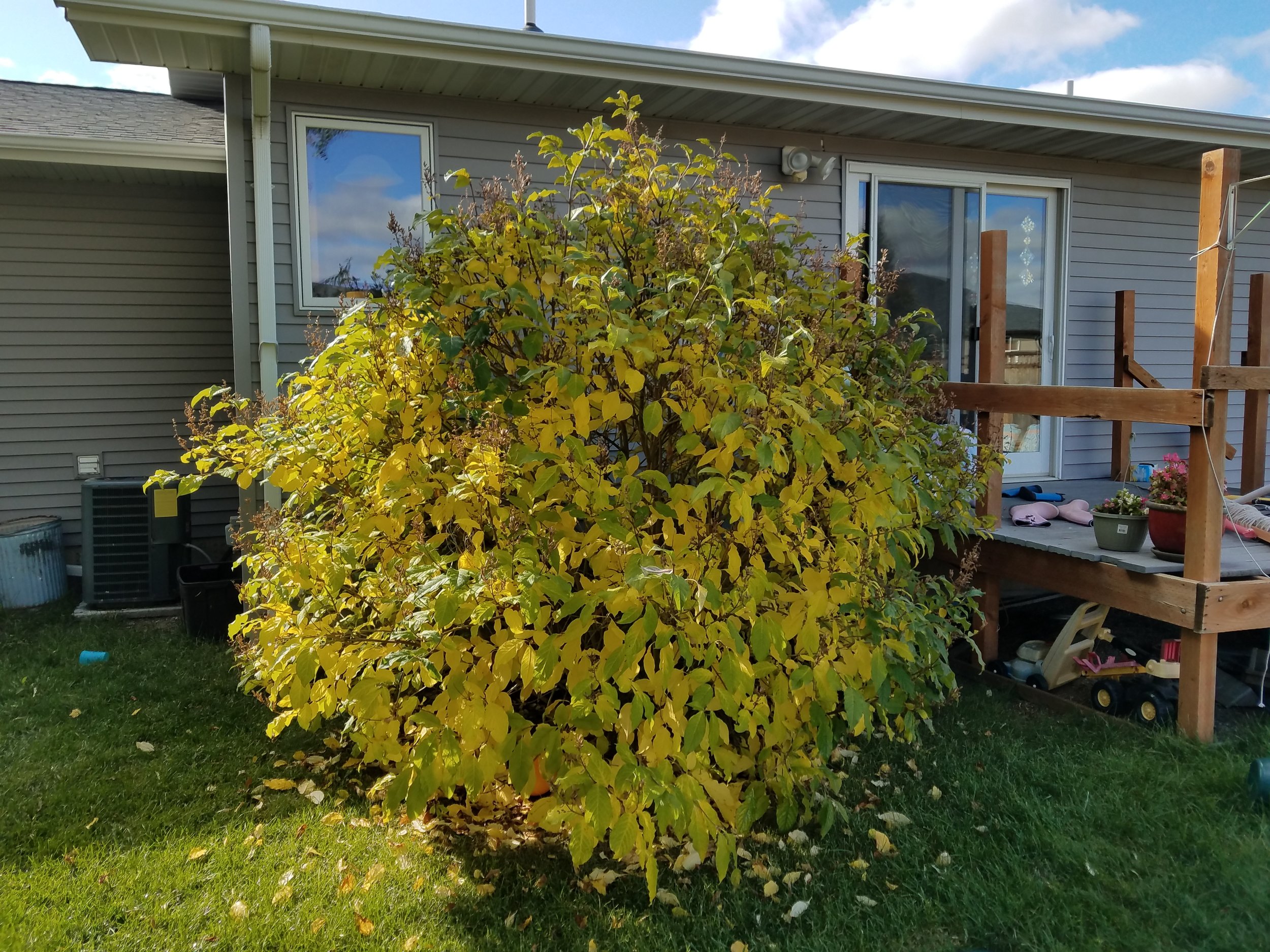Syringa / Lilac
Syringa / Lilac
Ah, the ever popular Lilac! A flower that (like the rose) nearly everyone can positively identify. So popular in fact that a popular paint color received its name from this plant, for lack of a better description. Most have fond memories of the sweet fragrance that the common lilac varieties blooms emit in early to mid spring.
Dwarf Korean Lilac
Height: 4 - 5 ft
Spread: 5 - 7 ft
Foliage: Dark Green, Small, Clean
Fall Foliage: Bronze Green
Zone: 3 - 7
Syringa meyeri 'Palibin'
This dwarf variety has an excellent uniform habit and red-purple buds that open to fragrant, single, pale lilac flowers. Previously known as Syringa palibiniana, it bears profuse blooms at an early age. Great for smaller spaces and does not sucker like the Common Lilac varieties. A 2000 Gold Medal Plant Award winner.
Uses:
Accent Plant, Foundation Plant, Focal Point, Hedge or Border, Xeriscape Plant,
Miss Kim Lilac
Syringa patula 'Miss Kim'
This hardy lilac from Korea has purple buds that open to single, fragrant, pale lilac flowers when other lilacs have finished. Also known as Syringa velutina, it has leaves larger than S. meyeri and S. microphylla and beautiful burgundy-red fall color.
Uses:
Accent Plant, Foundation Plant, Focal Point, Hedge or Border, Xeriscape Plant,
Height: 6 - 7
Spread: 5 - 6
Foliage: Dark Green
Fall Foliage: Burgundy to Purple
Zone: 3 - 7
Common Purple Lilac
Height: 12 - 15 ft
Spread: 8 - 12 ft
Foliage: Blue Green
Fall Foliage: Insignificant (yellow)
Zone: 2 - 7
Syringa vulgaris
The latin word "vulgaris" meaning "Common" or "widespread" perhaps no other plant is as recognizable as the Common Lilac.
This old-fashioned lilac is the one most of us remember from our youth. A perfect informal hedge or screen, it has extremely fragrant, purple flowers in May. Color may vary from purple to lilac and occasionally even white. The cut flowers hold up very well, and easily fill a house with their fragrance.
**Prone to suckering when pruned**
Uses:
Accent Plant, Focal Point, Hedge or Border, Xeriscape Plant
Common White Lilac
Syringa vulgaris var. alba
A variety of the Common Purple, this hardy vigorous shrub is the white version of the old-fashioned favorite. It has attractive foliage, single white flowers, and makes a great informal hedge or screen.
**Prone to suckering when pruned**
Uses:
Accent Plant, Focal Point, Hedge or Border, Xeriscape Plant
Height: 12 - 15 ft
Spread: 8 - 12 ft
Foliage: Blue Green
Fall Foliage: Insignificant (yellow)
Zone: 2 - 7
Wonderblue Lilac
Height: 4 - 5 ft
Spread: 5 - 6 ft
Foliage: Blue Green
Fall Foliage: Insignificant (yellow)
Zone: 3 - 7
Syringa vulgaris 'Wonderblue'
A Father John L. Fiala introduction who is known for producing several Lilac varieties and a few Crabapple trees. This compact grower produces single sky-blue flowers in early to mid May. This dwarf variety of Common Lilac lends itself to use in smaller areas.
Uses:
Accent Plant, Focal Point, Hedge or Border, Xeriscape Plant
Donald Wyman Lilac
Syringa x prestoniae 'Donald Wyman'
Panicles of purple buds opening to single, red-purple flowers. Blooms early to mid-June on large pyramidal spikes. Often blooms two weeks later than common lilac. An excellent specimen or hedge plant the Donald Wyman is considered the best of the Preston hybrids. Cross was made by F. L. Skinner of Dropmore, Manitoba.
Will not sucker when pruned as most common lilac (Syr. vulgaris) do.
Uses:
Accent Plant, Focal Point, Hedge or Border, Xeriscape Plant
Height: 8 - 10 ft
Spread: 4 - 10 ft
Foliage: Dark Green
Fall Foliage: Yellow
Zone: 3 - 7
Lilac can be pruned at almost any time, however pruning at the wrong time will eliminate the flowers for a single season as Lilac flower on last season's woody growth. To prevent the loss of flowers, lilac should be pruned immediately after they have flowered which for many is late May or early June. Pruning at this time will allow the dormant flower buds to form for the following spring.


